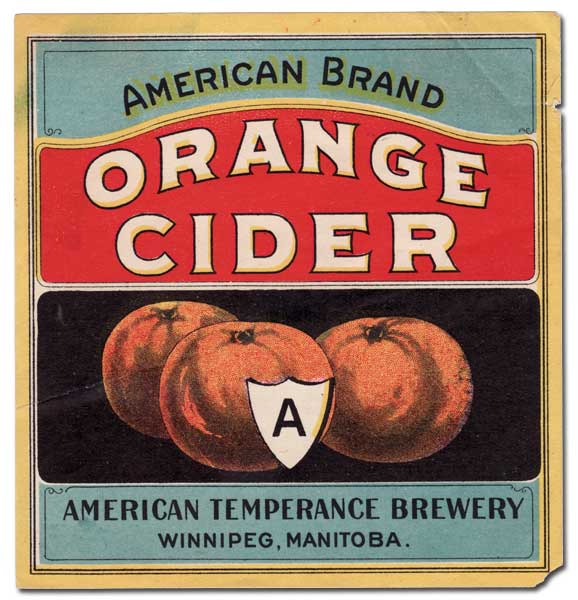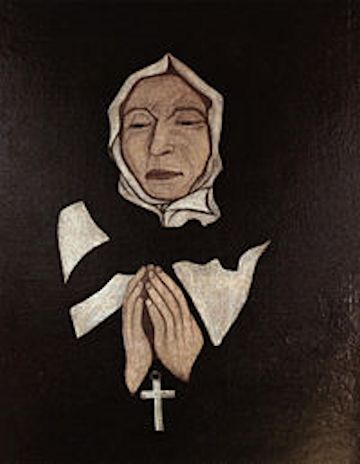
History Of Cider

Cider has a long and fascinating history in the UK. Although it had been assumed that cider was introduced after the Norman Conquest, it is now thought to have been here long before that.
Apple trees were growing in the UK well before the Romans came but it was they who introduced organised cultivation. It is likely that the wandering peoples, who travelled through the countries which we now know as Spain and Northern France, introduced their ‘shekar’ (a word of Hebrew origin for strong drink) to the early Britons.
However, it is true to say that the Normans had the most positive effect on the history of cider making. Northern France was renowned for the volume and quality of its orchards and vineyards, as indeed was Southern England, but owing to climatic changes these areas became less suitable for the growing of grapes. Gradually cider began to replace wine.
In the UK and France, cider apples tended to be grown towards the western extremities because the climatic and soil conditions were most suitable. Under the influence of the Gulf Stream, the weather was relatively mild and the areas concerned had a fairly heavy annual rainfall.
These combined factors of climate and history established the cider producing areas of England as we know them today.
After their conquest of England in 1066, the Normans introduced many changes - perhaps the drinking of cider was one of the best! The popularity of cider grew steadily; new varieties of apples were introduced, and cider began to figure in the tax records.
It became the drink of the people, and production spread rapidly. By 1300, there were references to cider production in the counties now known as Buckinghamshire, Devonshire, Essex, Gloucestershire, Herefordshire, Worcestershire, Kent, Norfolk, Somerset, Suffolk, Surrey and Sussex and in most other counties as far north as Yorkshire.
Cider was produced in substantial quantities on farms; every farm would have a few cider apple trees as well as cooking and dessert apple trees in the orchard, and it became customary in the 18th Century to pay part of a farm labourer’s wage in cider. A typical allowance on a farm would be 3 - 4 pints per day. Labourers were rated by the amount they drank; one comment was that a 2 gallon a day man was worth the extra he drank! In the western counties of England in particular, a farm worker could receive perhaps one-fifth of his wage in cider. In the latter part of the 19th Century, a campaign to stop payment in the form of alcoholic beverages brought about the addition of a clause to the Truck Act of 1887 which prohibited the payment of wages in this way.
In Canada the history of cider could be traced back to explores like Captain Cook and the Hudson Bay Company. Cider was used to help prevent Scurvy. It may have been the British that first brought Cider to Canada but production flourished in Quebec.
The honour of planting the first apple tree in the history of Quebec goes to Louis Hébert, apothecary from Paris and New France's first settler. He did so around 1617 on the site where Quebec City was founded in 1608. A good number of the first French settlers to the colony were Normans who brought over the apple cider craft. Sizable orchards developed in the region of New France, particularly on Île d'Orléans.
Bourgeoys ~ Portrait by Pierre Le BerMarguerite Bourgeoys, C.N.D., was the founder of the Congregation of Notre Dame of Montreal in the colony of New France, now part of Québec. She lived in Fort Ville-Marie (now Montreal) as of 1653, educating young girls, the poor, and natives until her death at the turn of the 18th century. She is also significant for developing one of the first uncloistered religious communities in the Catholic ChurchShe has been declared a saint by the Catholic Church. She is known to have made Cider and may have been he first to do so in Quebec.
Cider making was, however, forbidden from the early years of the British rule as it was in direct conflict with established British brewers' interests 1763.
Nova Scotia also had an early history of making cider. At this time it was mainly a make your own not a commercial adventure. The first apple trees came to Nova Scotia in the early 1600s. The trees were brought to Port Royal, Nova Scotia, by French setters. In the 1700s the New England Planters and the Loyalists brought new and different apple varieties to Nova Scotia. Other settlers arrived from Scotland, Ireland and Germany and continued the newfound tradition of apple growing in Nova Scotia.
The Growers Wine Company was established in 1927 near British Columbia’s Capital City of Victoria in the District of Saanich. The first plant was completed toward the end of 1928 and came into operation to showcase Canadian wines to the world.
The Growers Wine Company was a truly Western Canadian Company, with more than 90 per cent of the company owned
by residents of the four western provinces.Growing apples and making your own cider was quite propula in North America. By 1775 one out of every ten farmers operated a cider mill
In Ontario H. Sells and son maufactured hard cider in 1881
Seeking additional information! bobbell@winesofcanada.com
Cider ~Nova Scotia ~ Prince Edward Island ~ New Brunswick ~ Quebec ~ Ontario ~ Alberta ~ British Columbia
Home | About |Sitemap | Gallery | Contact Us |Tourism |©2017Robert A Bell
